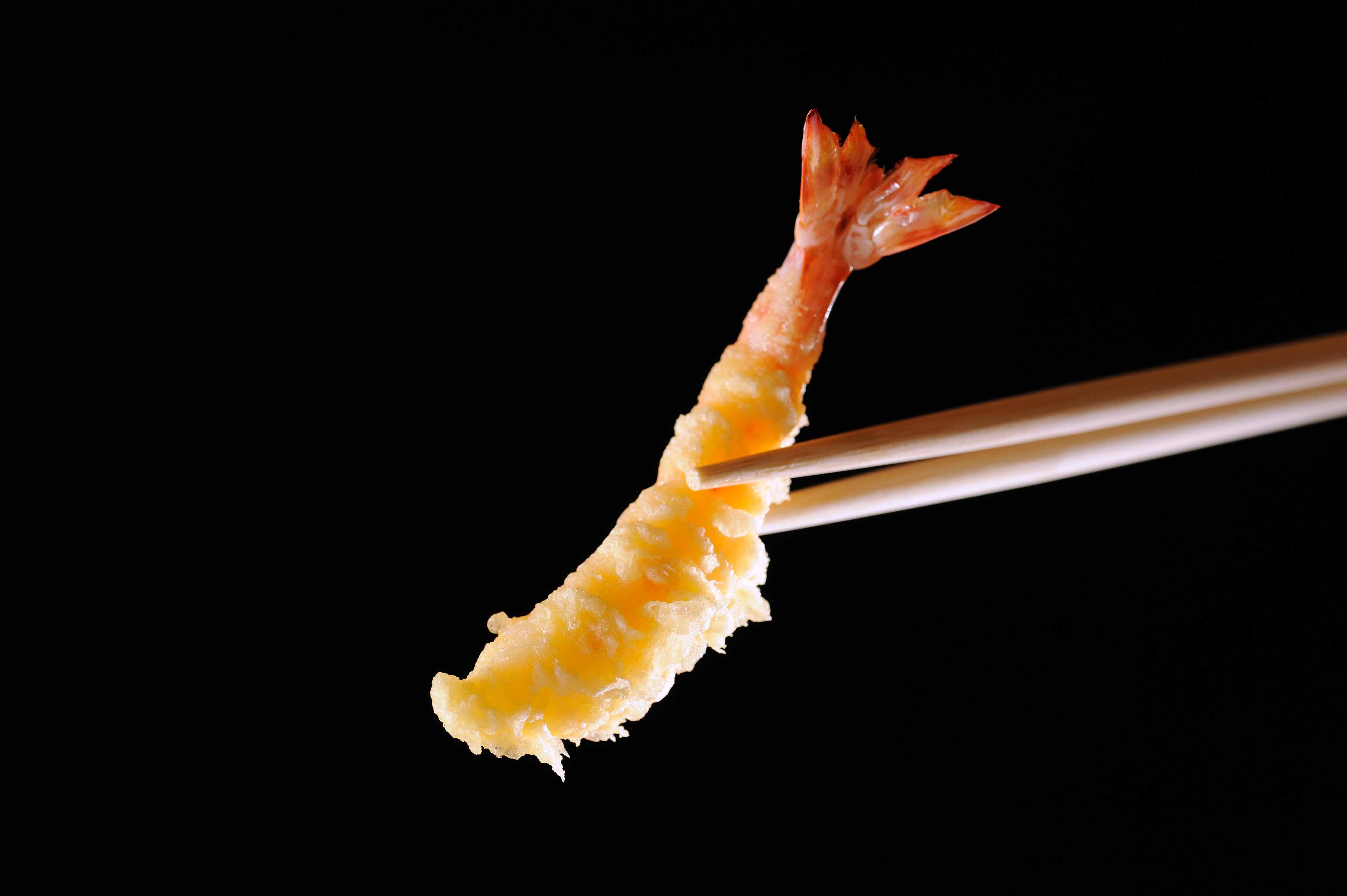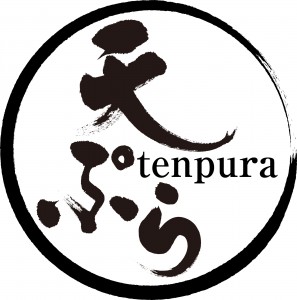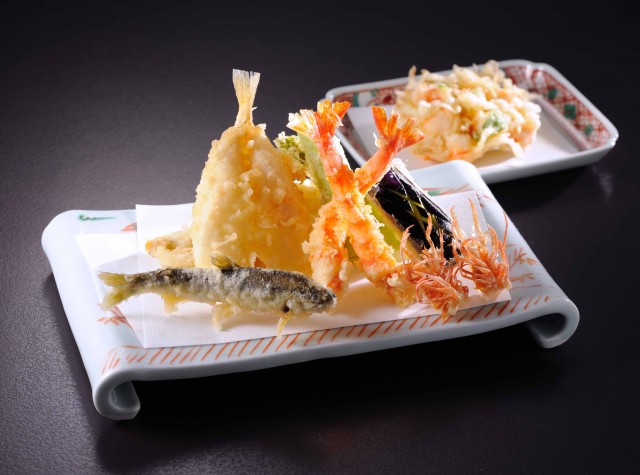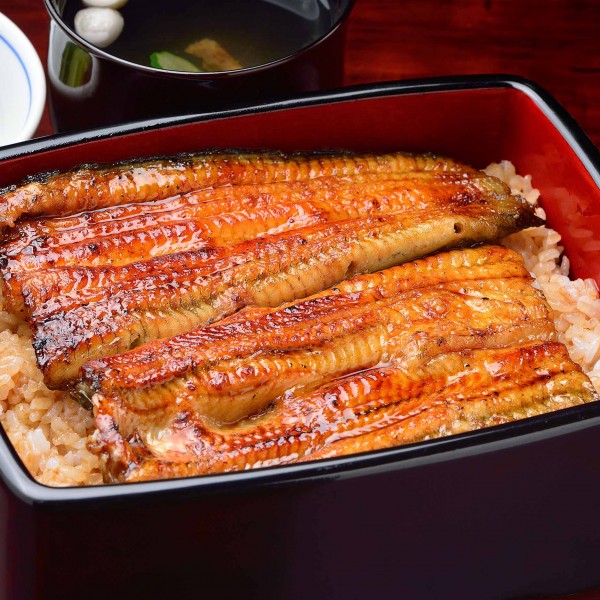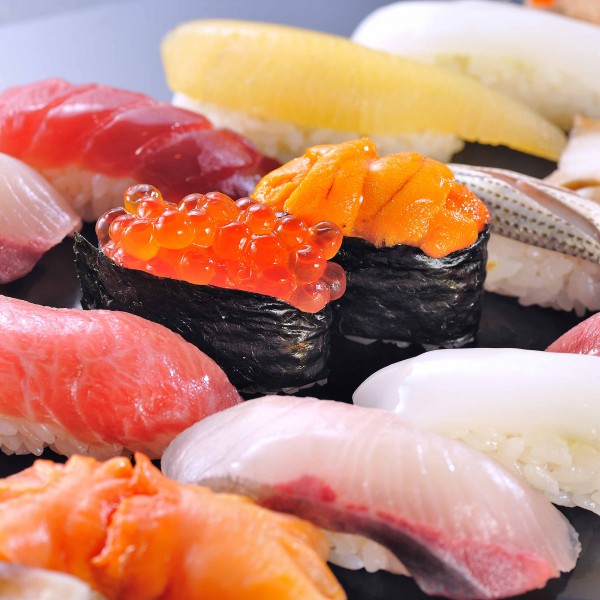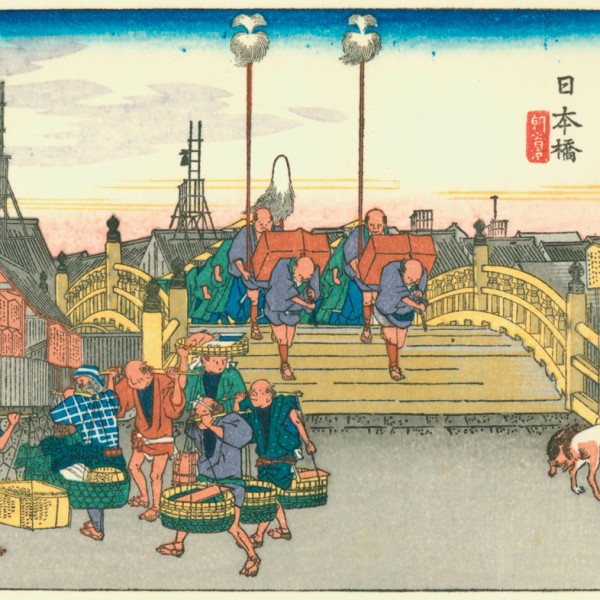Tenpura was brought over to Japan along with Christianity
Tenpura was brought over to Japan along with Christian missionaries during the Azuchi-Momoyama period (1573 – 1603).
It was originally a dish from Nagasaki where seafood, sometimes ground, was deep-fried without batter. It is unknown exactly when batter began to be used. Satsuma-age (ground fish that is shaped and deep-fried), which is deep-fried without batter, is still also sometimes referred to as “tenpura” in the Kamigata (Kansai) region.
The first shop to serve tenpura was in Nihombashi
“Tsukeage”, which is made by covering the ingredients with batter before deep-frying, was brought in from the West in the sixteenth century, became popular in Kyoto in the seventeenth century, and was sold at stalls in Edo by the eighteenth century. Even until the early Meiji period, tsukeage was mostly sold at stalls.
Nihombashi is also the first place where tenpura was first deep-fried at the shops before being served. A collection of essays known as Kiyu Shoran (1830) describes the high quality of the tenpura prepared at the stalls of Nihombashi and how they became popular as they were deep-fried at the shops before being served.
It states, “Yoshibei, a man who ran a stall in the outskirts of Nihombashi, sold quality fish that was deep-fried in oil. Those who couldn’t get enough went to his home in Kiwaradana to get more. This is how tenpura became popular and widely-known.”
Kiwaradana, which is mentioned here, is located on a side street of today’s COREDO Nihombashi and is lined with restaurants that are so fine that it is often referred to as “Shokusho Jinmichi” (the street to go to if you really want a satisfying meal).
